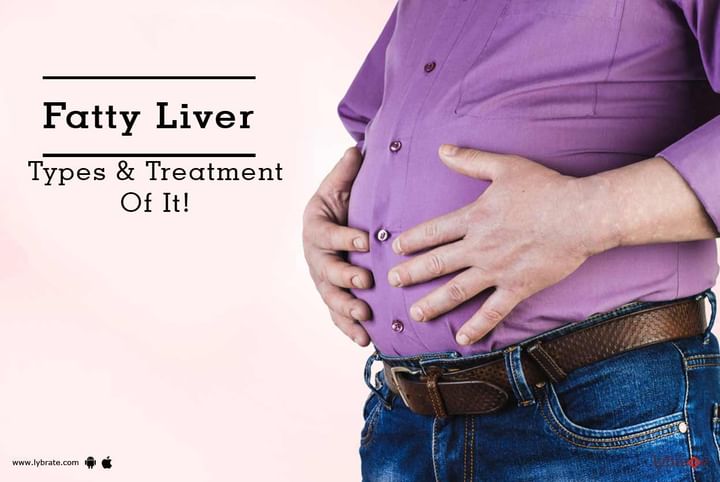Fatty Liver - Types & Treatment Of It!
In general, fatty liver is considered synonymous with alcoholic liver disease. However, in reality it is not so. Fatty liver just indicates the presence of fat in the liver. It may or may not be harmful for the patient. Fatty liver is harmful only when it starts to damage the liver cells. Simple fatty liver does not cause inflammation, but when it starts doing so, it does not remain a simple fatty liver anymore.
Types of Fatty Liver Disease
There are two types of Fatty liver disease: Alcohol Related Fatty Liver Disease and Non-alcoholic Fatty Liver Disease.
Alcohol Related Fatty Liver Disease
Fatty liver does not always beget symptoms, although the liver may be enlarged. One may also feel discomfort or pain in the upper right quadrant of the abdomen. However, one can prevent alcoholic liver disease, since fatty liver owing to alcohol consumption usually gets better after stopping alcohol abuse. However, if a person doesn’t do that, ALD can progress to more serious stages, like alcoholic hepatitis and alcoholic cirrhosis.
- Alcoholic Cirrhosis
Alcoholic Cirrhosis occurs when there is formation of scar tissue in the liver. It can cause symptoms like bleeding, confusion, changes in mood and enlargement of spleen. Scar tissue formation can even lead to fatal liver failure.
- Alcoholic Hepatitis
Alcoholic Hepatitis occurs when there is a swelling of the liver. It can precipitate nausea, fever, abdominal pain, vomiting, jaundice etc.
Non-Alcoholic Fatty Liver Disease
This is of two types: Simple Fatty Liver and Non-alcoholic Steatohepatitis.
Simple fatty liver just indicates the presence of fat in the liver without inflammation. On the other hand, Non-alcoholic steatohepatitis is a much worse form of fatty liver. This indicates that there is fat as well as inflammation in the liver. Even some of the liver cells may have become damaged. It can cause the following problems:
-
Formation of scar tissue in the liver, called fibrosis.
-
Severe fibrosis can lead to cirrhosis in advanced stages. Cirrhosis can lead to liver failure
Causes of Fatty Liver
In alcoholic fatty liver disease, the prime cause is consuming too much alcohol. Alcohol may precipitate fatty liver by promoting obesity, malnourishment and even chronic hepatitis.
For non-alcoholic fatty liver disease there may be a number of factors:
-
Obesity
-
High levels of LDL cholesterol or low levels of HDL cholesterol
-
Conditions that may precipitate Type 2 diabetes
-
High blood sugar
Symptoms of Fatty Liver
There is hardly any symptom of fatty liver disease. At most, one can feel pain or tiredness in the right upper quadrant of the abdomen. However, if fatty liver has advanced to cirrhosis, fibrosis or hepatitis, there can be a number of symptoms. Some of these symptoms are:
-
Swollen abdomen
-
Enlarged blood vessels under the skin
-
Abnormal breast size in men
-
Redness in palms
-
Yellowing of skin and eyes.
Treatment
For alcoholic fatty liver disease, the best treatment is cessation of drinking when the fatty liver has still not progressed to more serious forms. For non-alcoholic fatty diseases, weight loss is an effective treatment. If there is Cirrhosis or Liver Failure, liver transplant is the only option.
As the treatment may vary from patient to patient, it is important that one should always consult a doctor before going for any option.



+1.svg)
